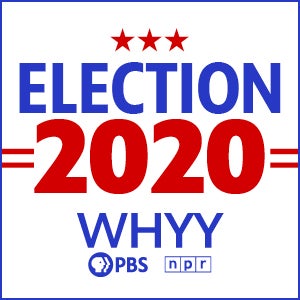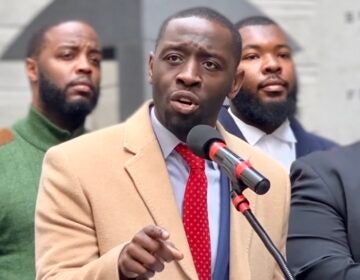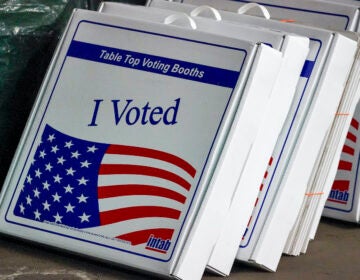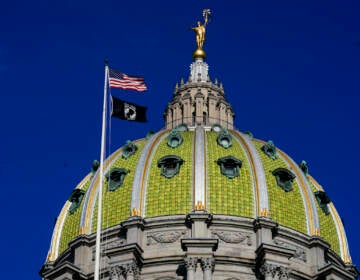Poor People’s Campaign bolstered by 2016 data as it urges voter participation in 2020
In Pennsylvania, if 55% of low-income eligible voters who didn’t turn out in 2016 had voted, the outcome could have been different for the state’s 20 Electoral College votes.
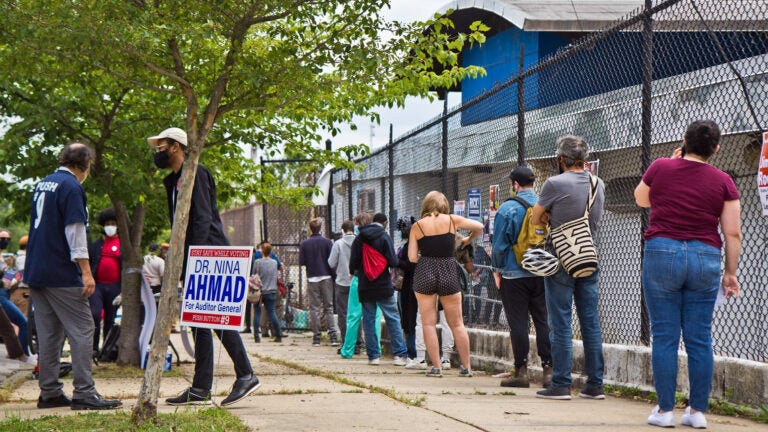
File photo: Voters wait in line outside a polling place in Philadelphia. (Kimberly Paynter/WHYY)
Every election year, the country has the chance to reimagine who speaks for the people: What if more voters of color came out? More naturalized citizens? More young people?
In Pennsylvania, if 55% of low-income eligible voters who didn’t turn out in 2016 had voted, the outcome could have been different for the state’s 20 Electoral College votes, according to a new report from the Poor People’s Campaign, a nonpartisan group that has largely found support among Democratic candidates.
While swing voters are often talked about as those who shift between the two major political parties, the campaign frames the label as a distinction between who votes and who doesn’t, in hopes of changing the ideological platforms politicians support.
“Our democracy is in trouble” when large proportions of the public are not voting, said Rev. Liz Theoharis, co-chair of the Poor People’s Campaign, which has roots in Martin Luther King Jr.’s advocacy during the 1960s.
Low-income eligible voters are “about 22% less likely to vote in national elections than those with higher incomes,” according to the report, the research for which was conducted by Columbia University professor Robert Paul Hartley. “Low-income” is defined as at or below twice the federal poverty line.
Like their higher-income counterparts, low-income voters say they don’t participate in elections because they lack motivation or don’t feel spoken to by candidates, but this group is also more likely to report external barriers to voting, such as lack of transportation and housing insecurity.
As the coronavirus pandemic exposes the tenuous economic circumstances of a large swath of the country, the Poor People’s Campaign hopes to mobilize 140 million low-income and poor voters as a key constituency in 2020. To underscore the power of that potential bloc, they compare the numbers of potential low-income voters in key swing states, such as Pennsylvania, to the actual election outcomes in 2016.
“An increase of at least 1% of the non-voting low-income electorate would equal the margin of victory for Michigan in 2016, or a 4 to 7% increase in states such as Florida, New Hampshire, Pennsylvania, or Wisconsin,” according to the report. That doesn’t mean that a 1% change would have altered the outcome, since there’s little likelihood that all of those voters would cast their ballots the same way.
In Pennsylvania, President Donald Trump bested Hillary Clinton in 2016 by about 44,000 votes. The report shows that if more low-income people voted, both states that went Democratic and those that went Republican in 2016 could have hypothetically gone the other way.
Representing the interests of poor voters comes with historic challenges.
In every election since the 1950s, low-income voters have been less likely to vote than higher-income voters, according to David Nickerson, associate professor of political science at Temple University in Philadelphia. In places where poor people vote more, there tend to be more public policies in the form of welfare that serve their interests, he said.
They can also help shift disempower narratives, the feeling that if you’re poor “my vote doesn’t matter,” said Nickerson, who is not affiliated with the campaign or the report’s authors.
That echoes the report’s own backers.
“Poor and low-income people have a voting power if — if — people are hearing their needs and demands,” said Theoharis. “This is to push anyone who is serious about being elected in this season, in this time of pandemic, of poverty and racism and public health crisis, then listen to the needs and demands of everybody.”
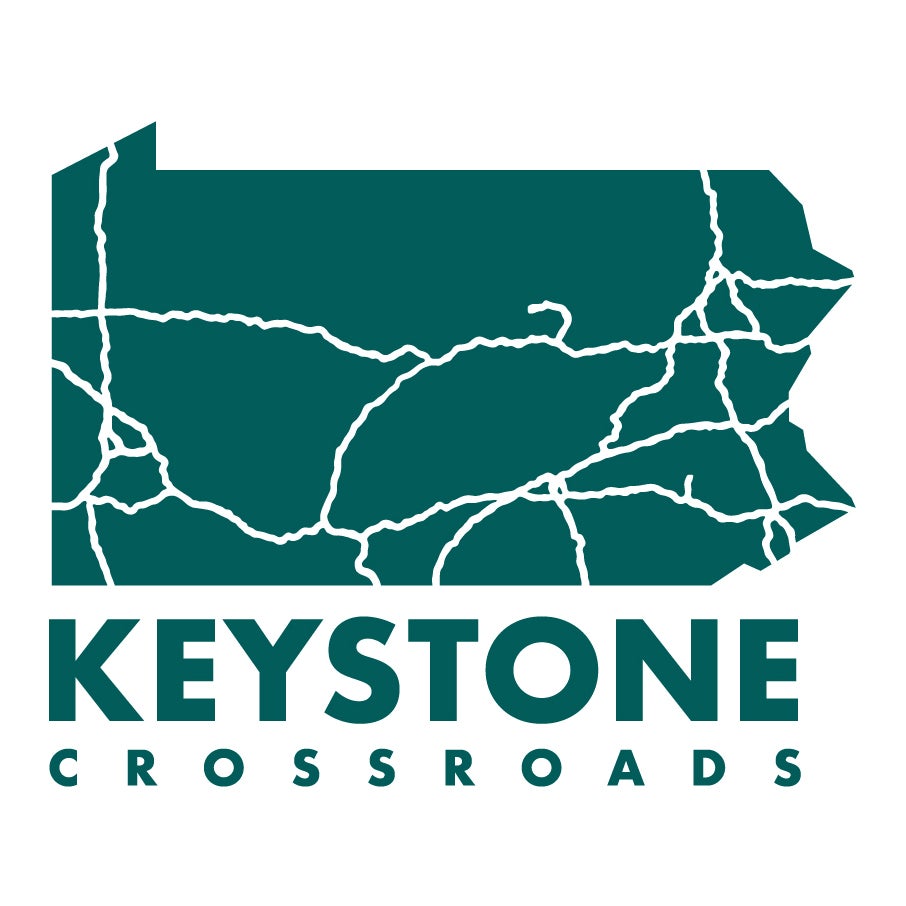
Get more Pennsylvania stories that matter
WHYY is your source for fact-based, in-depth journalism and information. As a nonprofit organization, we rely on financial support from readers like you. Please give today.



